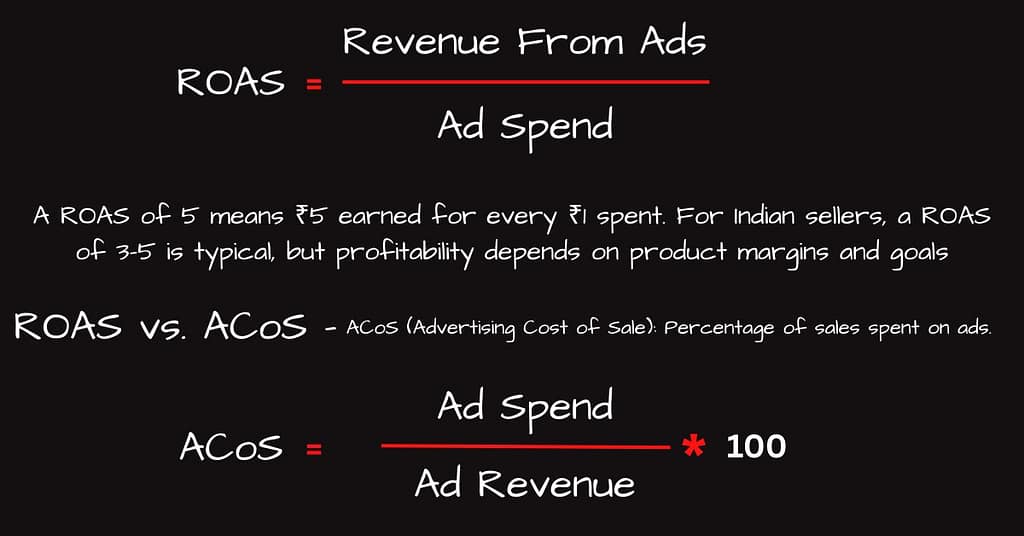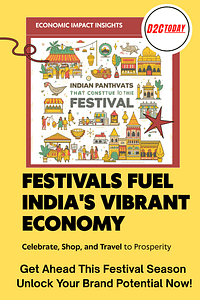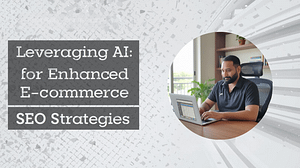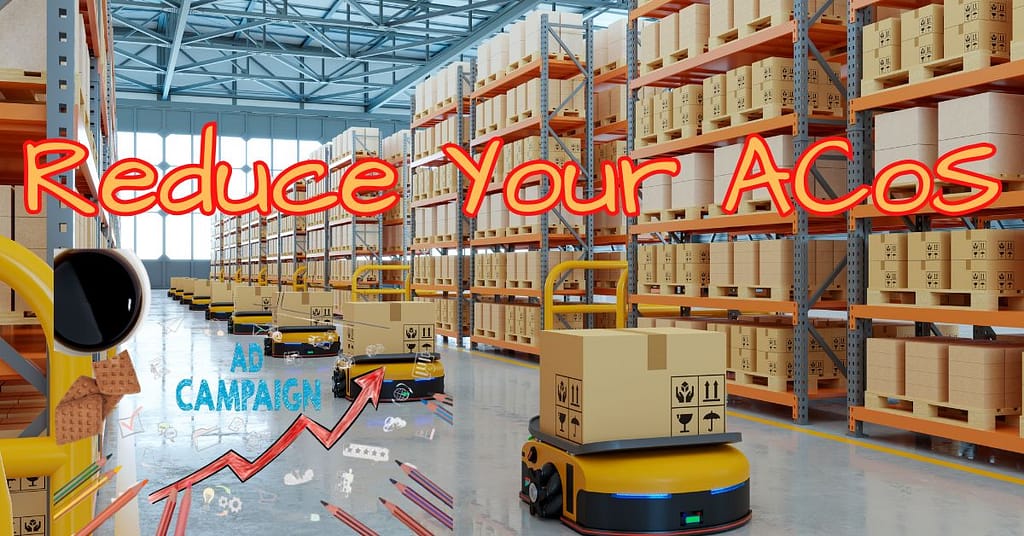Amazon ACoS | Maximize ROAS | Amazon Ads | Reduce ACoS
Summary
Reduce ACoS effectively by harnessing predictive analytics, as leading Indian brands demonstrate, transforming Amazon advertising into a profitable, data-driven growth engine.
Indian brands like Atomberg, Boat, and Sugar Cosmetics use predictive analytics and ROAS optimization to reduce Amazon ACoS, boost sales, and achieve profitable, data-driven advertising growth in a competitive market.
The Indian e-commerce landscape is fiercely competitive, with brands like Atomberg, Sugar Cosmetics, and Boat leveraging predictive analytics to slash ACoS (Advertising Cost of Sale) and maximize ROAS (Return on Ad Spend).
This tutorial dives deep into their strategies, backed by actionable frameworks and real-world data. The Indian e-commerce market is highly competitive. Brands like Atomberg, Sugar Cosmetics, and Boat use predictive analytics to reduce ACoS and increase ROAS. This tutorial explores their strategies with practical frameworks and real-world data.
Understanding ACoS and ROAS: The Metrics That Matter
What is ROAS?
ROAS (Return on Ad Spend) measures revenue generated per rupee spent on ads. Calculated as:

| Metric | Formula | Ideal Range (India) |
| ROAS | Revenue / Ad Spend | 3–5 |
| ACoS | (Ad Spend / Ad Revenue) × 100 | 15–25% |
Transforming Amazon Advertising Efficiency with Predictive Analytics
Amazon sellers today face rising ACoS (Advertising Cost of Sale), with 68% reporting increases over the past year and bid costs up 25% YoY. Yet, only 22% of sellers leverage advanced analytics, creating a major competitive gap. Predictive analytics is now the decisive edge for reducing ACoS and maximizing advertising efficiency.
How Predictive Analytics Reduce ACoS
1. Data Integration for Holistic Optimization
- Leading brands integrate both on-platform (Amazon Ads, Seller Central) and off-platform data (Google Analytics, social media, external traffic).
- Sellers tracking 15+ KPIs—such as conversion rates, click-through rates (CTR), and customer lifetime value—achieve up to 45% better advertising efficiency.
- Unified dashboards enable optimization decisions 4x faster, allowing real-time responses to performance shifts.
2. Algorithmic and Predictive Bidding
- AI-driven tools analyse historical and real-time data to forecast trends, optimize bids, and refine targeting.
- Automated bid management reduces ACoS by 28% on average, and machine learning algorithms can optimize bids up to 24x more frequently than manual approaches.
- Dayparting—adjusting bids based on time-of-day conversion patterns—boosts ROAS by up to 35%.
3. Advanced Performance Metrics
Predictive analytics identifies high-probability conversion opportunities before ad dollars are spent.
| Predictive Analytics Method | Implementation Approach | Typical ACoS Reduction |
| Conversion Probability Scoring | SKU-level prediction models | -22% |
| Competitive Intelligence | Market monitoring algorithms | -18% |
| Seasonal Trend Forecasting | Historical performance modelling | -30% |
| Customer Lifetime Value Targeting | Behavioural segmentation | -25% |
4. Real-Time Campaign Optimization
- AI tools process campaign data live, making instant adjustments to bids, keywords, and targeting for optimal efficiency.
- Automated rules (e.g., pausing underperforming keywords, increasing bids for high-CTR terms) ensure campaigns adapt to market changes without manual intervention.

Implementation Framework: From Data to Decision
Top-performing brands follow a structured, data-driven approach:
- Establish clear ROAS and ACoS targets by product category and lifecycle stage.
- Deploy rapid testing cycles (e.g., 48-hour intervals) to iterate and optimize campaigns quickly.
- Allocate budget strategically: 65% to predictive winners, 35% to exploration and new keyword testing.
- Combine automation with human oversight: AI handles bid adjustments and data crunching, while marketers focus on creative and strategic decisions.
Measurable ROI: The Data-Driven Advantage
Brands leveraging predictive analytics consistently report:
- 42% decrease in cost per conversion
- 28% higher new-to-brand customer acquisition
- 35% improvement in inventory sell-through velocity
- 31% stronger organic ranking positions after campaigns
Predictive AI tools like Adspert and Captain BI reduced ACoS from 35% to 10% in three months, while increasing conversions by over 200% and saving hundreds of hours in manual work.
Practical Steps to Get Started
- Adopt AI-driven PPC tools (e.g., Helium 10 Adtomic, Adspert, AiHello) for automated bid management, keyword optimization, and real-time analytics.
- Integrate comprehensive data sources—combine Amazon’s Brand Analytics, campaign reports, and external traffic data for a 360° view.
- Monitor and adjust KPIs daily: ACoS, ROAS, conversion rates, and budget pacing.
- Refine targeting using predictive models to focus on high-intent, high-value customer segments.
Key Takeaway
Predictive analytics transforms Amazon advertising from a cost centre into a precision growth engine. By harnessing AI and advanced data integration, sellers can proactively identify high-conversion opportunities, optimize bids, and reduce wasted spend—driving sustained profitability even as competition intensifies.
Indian Brands Use Predictive Analytics to Slash Amazon ACoS
Amazon’s advertising landscape in India is more competitive than ever. With ACoS (Advertising Cost of Sale) rising and bid prices up 25% year-on-year, brands that thrive are those leveraging predictive analytics to transform ad spend into profitable growth. Let’s dive into a detailed, data-backed tutorial—featuring real-world case studies from Atomberg, Sugar Cosmetics, and Boat—on how Indian companies are using predictive analytics to supercharge their Amazon advertising efficiency.
Atomberg
Atomberg, a leader in premium BLDC fans, crossed ₹1,000 crore in FY25 revenue by integrating Amazon Ads data and search term reports. Their approach included:
- N-gram analysis to break down every search term triggering ads, identifying and excluding non-converting or irrelevant keywords like cheap fan or usb fan under 1000.
- Continuous feedback loop: Improved ratings and reviews led to higher organic rankings, reducing reliance on paid ads from 90% to 70% of sales within six months.
- Result: Over 10% improvement in ad efficiency and a surge in monthly sales, with Amazon contributing 30% of revenue at scale.
| Metric | Before Optimization | After Predictive Analytics |
| ACoS | 30%+ | ~20% |
| Monthly Sales (fans) | 500 | 2,000 |
| Ad-Driven Sales | 90% | 70% |
Machine learning algorithms analyse historical and real-time data to:
- Adjust bids dynamically based on conversion probability.
- Apply dayparting (timing ads for peak conversion hours).
- Identify high-ROAS keywords and negative keywords for exclusion.
Boat
Boat, India’s audio electronics powerhouse, leveraged Amazon Business Reports and Brand Analytics to:
- Target ads to high-converting customer segments using demographic and search data.
- Continuously monitor ad performance, pausing underperforming campaigns and reallocating budget to winners.
- Use customer feedback for product innovation and refine ad messaging.
Outcomes:
- Substantial sales growth and improved market share.
- Enhanced customer satisfaction and loyalty, as reflected in positive reviews.
- Consistent optimization of ad spend, maximizing ROI.
| Strategy | Impact |
| Targeted Ad Campaigns | Higher conversion rates |
| Feedback-Driven Innovation | Increased repeat purchases |
| Inventory & Pricing Insights | Fewer stockouts, competitive pricing |
Predictive analytics empowers brands to segment audiences by likelihood to convert, lifetime value, and behaviour, enabling personalized ad strategies.
Sugar Cosmetics
Sugar Cosmetics, with 100% YoY revenue growth and 40,000+ retail outlets, built its D2C and Amazon success on:
- Digital-first, influencer-led campaigns that drove organic buzz and credibility.
- Personalized promotions and targeted ads based on customer data from e-commerce platforms and social media.
- Active feedback loops: Customer reviews informed product development and ad creatives, increasing relevance and conversion rates.
| Metric | Result |
| Revenue Growth | 100% YoY |
| Retail Outlets | 40,000+ |
| Share from Tier II/III | 60% of revenue |
| International Presence | 10% of business from global markets |
Putting Predictive Analytics into Practice
Here’s a practical framework, inspired by India’s leading brands:
- Set Clear ROAS & ACoS Targets: Define by product category and lifecycle stage.
- Integrate Data Sources: Combine Amazon Ads, business reports, and external analytics for a holistic view.
- Automate & Test: Deploy machine learning tools for bid management, run 48-hour testing cycles, and use automated rules with human oversight.
- Allocate Budget Strategically: Invest 65% in predictive winners, 35% in new opportunities.
- Monitor, Learn, Adapt: Use real-time dashboards to spot trends and iterate campaigns quickly.
The ROI: Measurable Results
Brands using predictive analytics on Amazon India report:
| KPI | Improvement (%) |
| Cost per Conversion | -42% |
| New-to-Brand Customer Acquisition | +28% |
| Inventory Sell-Through Velocity | +35% |
| Organic Ranking Positions | +31% |
Data-Driven Growth is the New Normal
Atomberg, Boat, and Sugar Cosmetics exemplify how Indian brands can harness predictive analytics to reduce ACoS, boost sales, and build sustainable Amazon businesses. The key is not just collecting data—but acting on it, rapidly and intelligently.
As competition intensifies, the winners will be those who transform advertising from a cost centre into a precision growth engine—powered by data science and relentless optimization.
Ready to start?
Begin by auditing your search terms, integrating your data sources, and exploring automated bidding tools. The journey from reactive to predictive advertising is the new frontier for profitable growth on Amazon India.
Here is Your Playbook to Launch your D2C Business from Scratch:







